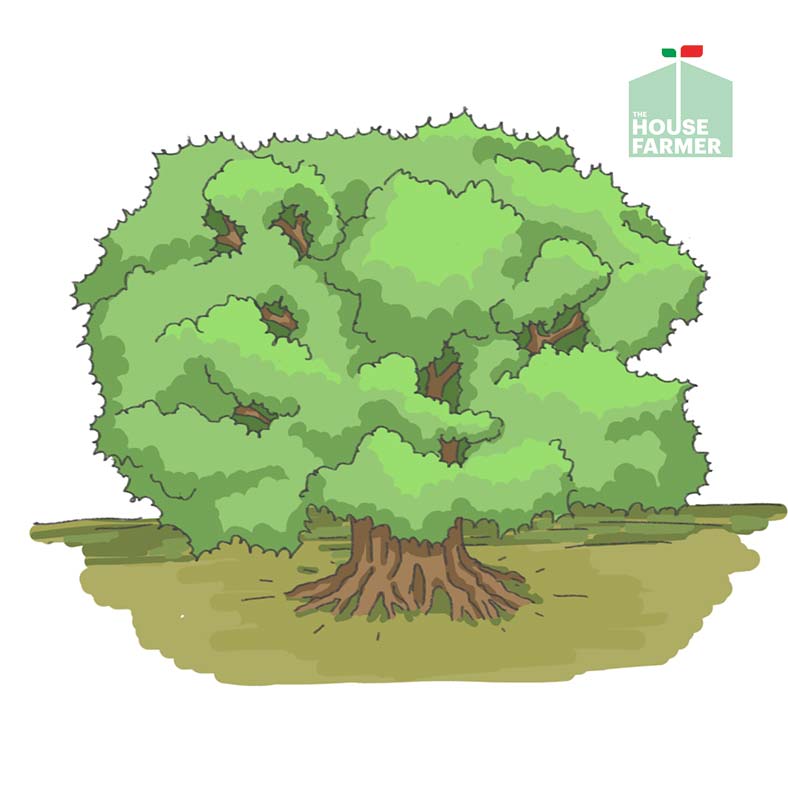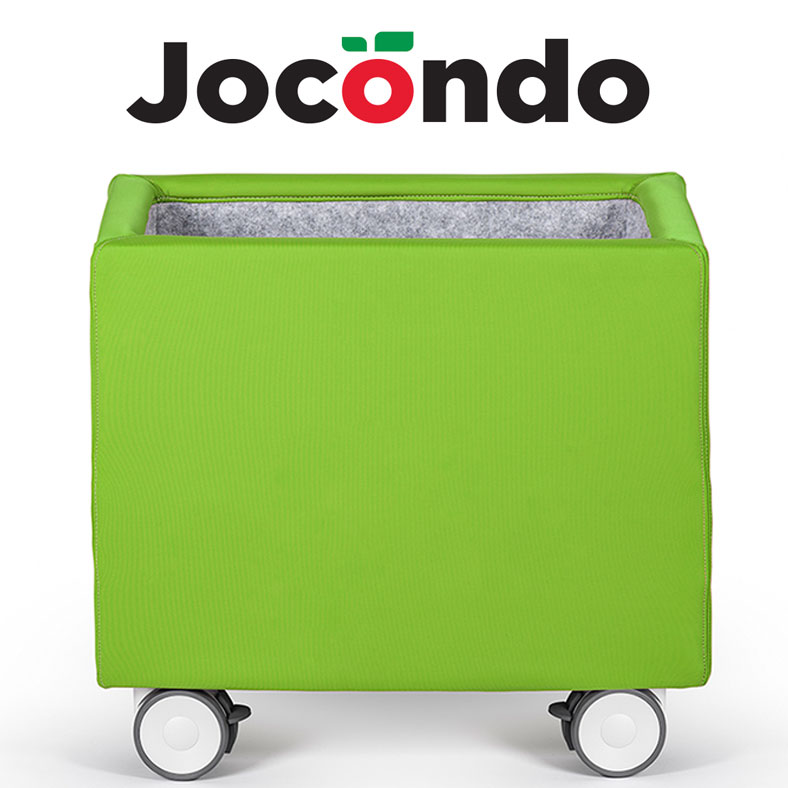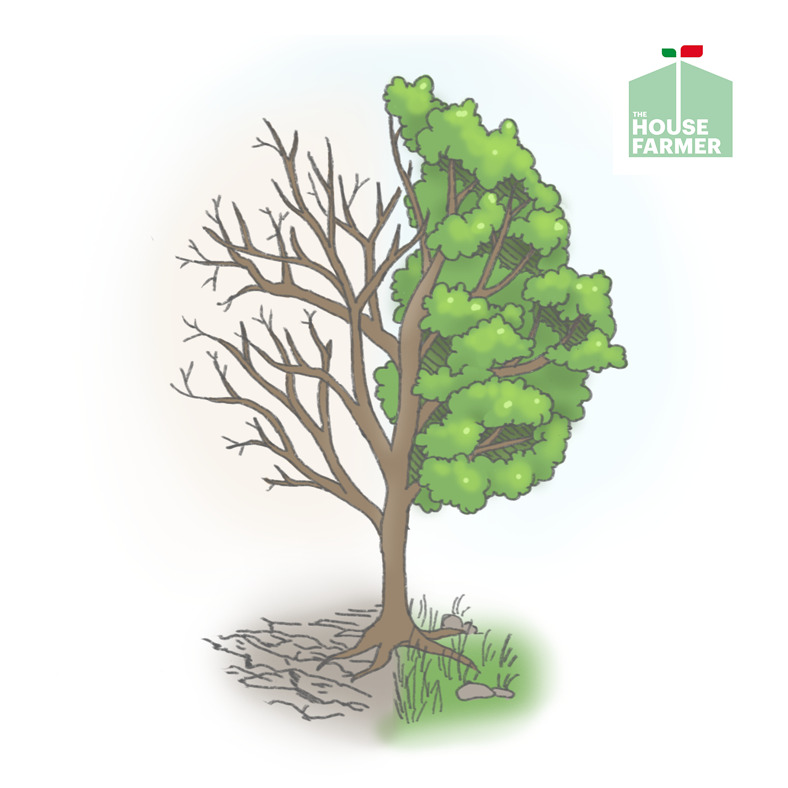
Caring for Outdoor Plants in Winter A Child's Perspective
I am nine years old and I pick olives. I look for them among the leaves and among the stones. This early interaction with outdoor plants in winter shapes my understanding of nature's resilience
Observing the Olive Harvest
I love to watch the big ones as they shake the trees. The olive trees begin to cry their green tears. A green rain, symbolic of nature's cycle, even for outdoor plants in winter.
I sit with my back against the trunk, because I want to feel the olive rain. Mum says I will hurt myself sooner or later, that some olives will end up on my eyes, that they are hard as stones because they are not ripe yet, but I like the green rain, and besides you only get to see it once a year; so it is worth the risk.
In a few hours the sun will start to go down and we will take to the path in single file.
Outdoor plants in winter - Exploring the Grandparents' Garden
I enter the grandparents' yard like a bolt of lightning. I have been missing since August and it seems an infinitely long time. I go around the vegetable gardens, hopping, the fatigue of the jute sack I have already forgotten.
I take off my shoes and socks and enter Grandma's vegetable garden.
The cold, wet earth makes me wince. I sink my feet in. It is soft and rough at the same time. They greet me coldly with what remains of the crops; a few broad beans and peas, some cabbage and cauliflower, onions and garlic, and I whisper 'I'm back'.
I am greeted by the remains of the harvest. The resilience of these outdoor plants in winter is evident.
Watching grandma gardening is a great inspiration for me.
Grandma has just cleaned the vegetable gardens. You can tell by the fact that the soil is very soft and all overturned and looks like a perfectly even brown carpet with here and there a few vegetables staining it green.
Citrus Fruits in the Winter Garden
The citrus fruits in the garden, heavy with fruit, demonstrate the careful balance required to maintain outdoor plants in winter. Their golden appearance underlines their endurance through the colder months.
Embracing Winter in Milan
It is the first days of December and it is starting to get cold in Milan. I like the cold in Milan. It hardens you and makes you sniffle like a dragon. It took me a while to get used to it, but in the end we ended up becoming friends, me and the Milanese cold. This year, even the fog returned. There were some muffled days like we haven't seen in years.
I stand on my terrace and under several layers of jumpers and self-congratulatory pride, I gaze at the greenhouse I have just finished assembling.
The cold in Milan brings a fresh perspective on caring for outdoor plants in winter. The terrace becomes a sanctuary for these plants, with a greenhouse providing necessary shelter.
As you well remember, at the end of October, I had ventured an out-of-season sowing of borlotti beans, potatoes and garlic bulbs.
The beans didn't make it. They shrank at the first cold snap.
The potatoes and garlic, on the other hand, resisted and fought with me. For them I have set up the greenhouse that will keep them sheltered until March, when it will be time for the harvest of this strange, out-of-time, out-of-season sowing.
The other pots I will put in more sheltered spots on the terrace. Non-woven fabric can also be used to cover the pots and protect the roots from frost. This can be important for citrus fruits.
I own three lemon trees. They come from seed. Once, as a joke, I threw some lemon seeds into some pots. To my amazement, a lot of seedlings sprouted up.
Over time, three managed to survive and become saplings.
Actually, my lemons are very tired. The pots have become very small for them and it has been a long time since I last renewed the potting soil. And to make matters worse, I used the wrong potting soil.
Citrus fruits need a slightly more acidophilic substrate. And then the red spider mite attacks and periods of lack of watering.
In short, despite my total disregard for them, this year, my little trees gave me ten lemons; first fruits ten years after planting. Despite everything, my lemons managed to bear fruit.
Nature wins, always. And it teaches you the most important lesson of all; it is not certain that how much you sow you will reap, but it is certain that if you do not sow, you do not reap.
You absolutely do not do as I did. Or if you want to do it.
Theoretically, it is said that citrus plants obtained from seed bear fruit poorly, so it is better to buy them ready-grafted, to be transplanted in late spring when the danger of frost has passed. The container for an adult plant should measure at least 45 cm in width and depth. But if you have space, the larger the pot, the better.
Citrus trees prefer a mild and warm climate, they like exposures in half shade and sheltered from strong winds. So in Milan, if you have space, pots can be placed in an unheated but bright room. On balconies and terraces, on the other hand, you can wrap the foliage of the plants with a non-woven cloth and band the pot with insulating material.
They grow well in light, acidophilic soil rich in organic matter (there are specific potting soils for citrus fruits on the market). They require abundant and regular watering, in winter they can be thinned out but not stopped altogether.
Every year, in early spring, a good fertilisation with a complete, iron-rich fertiliser is essential. And that is what I will also do this spring. After harvesting my ten lemons, I will give the saplings, larger pots and the soil they deserve.
Citrus fruits bear fruit from November to March, but some lemon varieties flower and bear fruit all year round. March/April is the right time for small prunings.
Due to their limited development, the most suitable for cultivation in pots are the mandarin ( Citrus reticulato) the calamondin (C.mitis), a hybrid between the Chinese lemon and the mandarin, and the lemon (C.limon), especially the Florentia variety, which flowers and bears fruit all year round.
My saplings are often disturbed by mealybugs and red spider mites.
Mealybugs are small insects that behave like aphids, feeding on sap and producing honeydew. A sooty, sticky coating is created under the leaves, which I was able to remove with cotton balls soaked in alcohol...mealybugs, however, have an armour that defends against external agents such as insecticides. I used diluted Marseille soap and the result was immediate.
The red spider mite, on the other hand, is a mite that infests plants. Being tiny, it is not immediately noticeable. You notice the deformed and discoloured leaves first.
It does not like humidity and its spread is prevented by frequent watering. It can also be counteracted with a macerate of garlic and chilli pepper or the ever popular Marseille soap.
In short, in winter, it is kept under cover, cleaned and prepared for sowing.
Soon February will come and in February Grandma fertilises.
It is best to feed good things to the Earth, so then she will feed us. So says Nonna and to me it seems a more than honourable pact.
We feed the Earth and the Earth feeds us.



